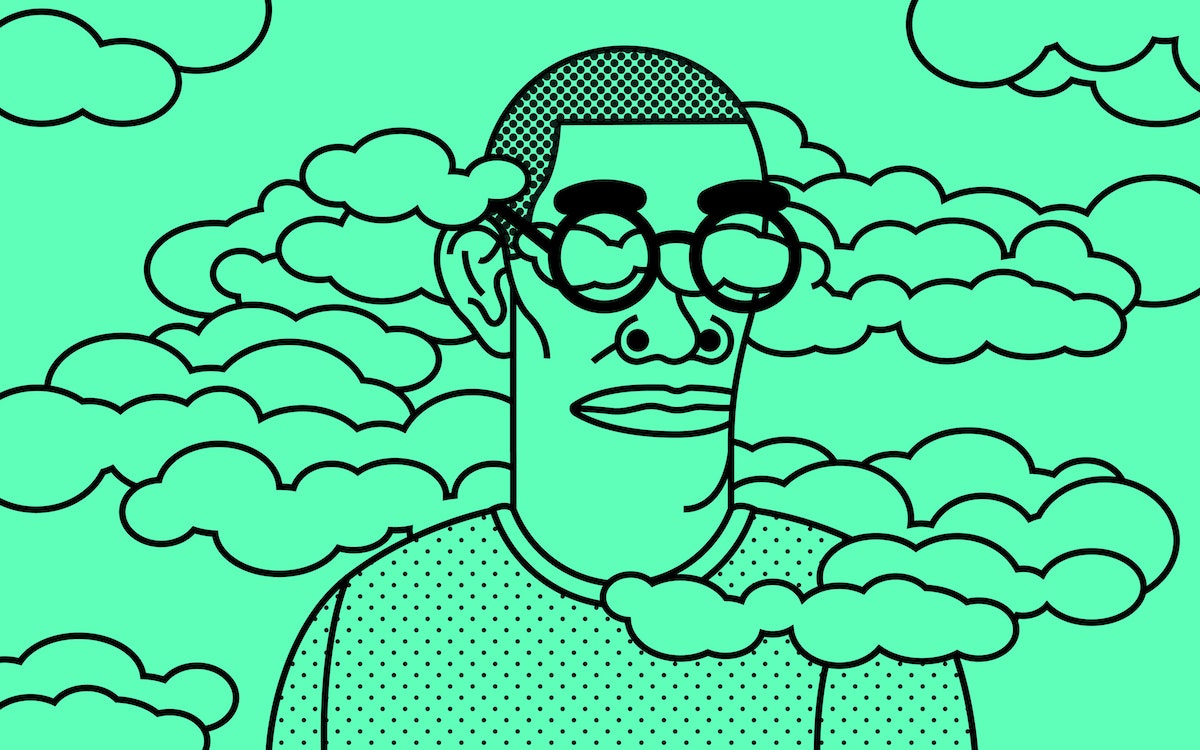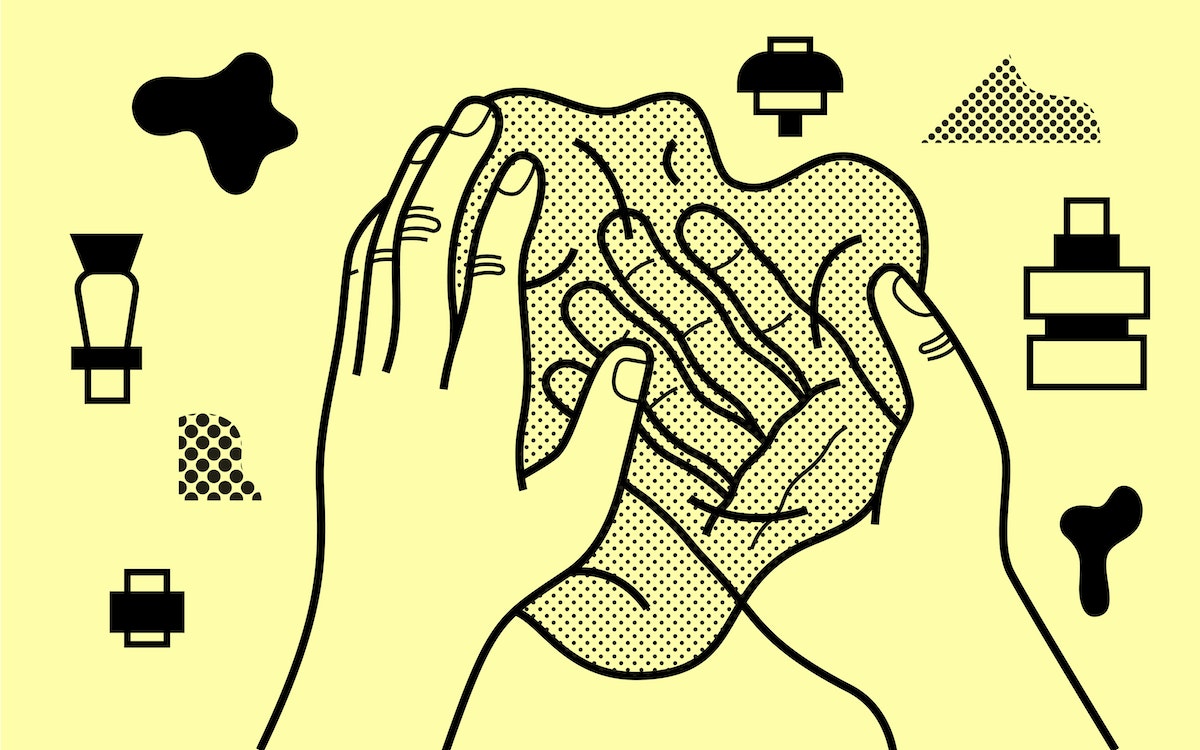How Meditation Can Make You More Creative

We live in a world that values extroversion, production, and a lean approach to business and product development. Companies that embrace those ideals may be effective at pushing an idea out into the world, but might they lose something valuable to the creative process along the way? Like reflection, mindfulness, and a clear head?
Short answer: Yes.
The meditation techniques below are designed to help you harness creativity by encouraging you to take time to pause and bring a more intentional approach to your work. They’ll help you cultivate a designer’s mind, characterized by:
- An open and curious mindset that can look at challenges from many angles.
- A rigorous and organized methodology for thinking holistically about a problem.
- Clear visual and verbal communication skills to work through and articulate potential solutions.
- A positive and optimistic outlook that can transform problems into solutions.
Here are 3 exercises to try out that should kick start your creativity:

1: Flowing River
If you’re feeling stuck with a problem you’ve been working on, taking a walk around the block or grabbing a breath of fresh air are both useful exercises, because they allow you to leave a problem behind and come back to it with fresh eyes. In that same vein, this first exercise is a highly visual and engaging way to clear some of the noise in your head.
Close your eyes and picture yourself sitting on a large, smooth rock in the middle of a river. It's up to you how big or powerful the river is, just make sure you feel comfortable on the rock you're on, and turn to face directly upstream. Sit there for a moment and start to breathe steadily, adjusting yourself to make sure you’re comfortable. Now look up the river, and whenever a thought enters your head allow it to float down towards you. Recognize what it is, give it a nod if you need to, and let it continue to float past you down the river. As other thoughts, worries, or memories come up, continue to picture them floating by until all you see is a clear-flowing river ahead. Take a deep breath and open your eyes.

2: Cloud of Gold
Sometimes when you feel overwhelmed by your to-do list, the natural tendency is to work harder and longer, and sacrifice things like taking walks, having an enjoyable lunch with a friend, or taking the time to let your mind wander. This exercise is designed to instill a feeling of optimism and positivity throughout your mind and body.
Close your eyes and imagine that a soft, delicate, golden mist is surrounding your head and shoulders. It might be swirling very slowly or just hanging there in space. It’s the most beautiful thing you can think of, and when you take a breath it fills your lungs with a wonderful sensation. Now start to focus on your breathing, taking steady and slow deep breaths. Start by focusing at the very top of your head, and as you inhale, visualize the mist filling that region. When you exhale, picture anything negative or unhealthy leaving that part of your body and being replaced by the gold mist. This might look like some kind of pollution leaving your system, maybe a dark mist that you want to expel and forget about. Once you’re comfortable breathing in the good and breathing out the bad, slowly start to move down from the top of your head, taking a breath or two for each area you recognize. You might want to spend more time on certain areas, like your eyes if they’re tired, your neck if you’re feeling sore, maybe somewhere inside your head if something’s been troubling you. Continue towards your toes until you’ve filled your entire body with the gold mist and can feel it moving through all your veins. Open your eyes and stand up.

3: Clay Mind
Find a ball of clay, or something else you can sculpt with your hands. You want it to be about two inches in diameter.
Think about one thing you are working on at this moment. Now that your mind is clear and healthy, this is a chance to practice deep focus and put some love towards something you might be struggling with. Our brains are intimately connected with our hands, and this exercise takes advantage of the fact that we aren’t often reinforcing that connection.
With your eyes closed, hold the clay in your lap with both hands in front of you. Imagine that the ball of clay represents that challenge or problem you want to focus on. Take a minute to warm up the clay with your hands, not thinking too hard, just move the clay around and allow it to grow into different forms. What are different shapes it can take? Once it has turned into a smooth rounded shape, imagine that it represents everything connected with your chosen challenge, a tiny universe you can mold and explore freely. Continue to roll the shape around in your hands. Now stick your fingers into the center of that world and slowly turn it inside out. What do you see? Allow the inverse world to be worked back into a round shape once again. Next roll it between your palms into a long worm and think about what that represents. Could it be a timeline? An alternate reality? A way of looking at different elements of that world in a more linear way? Now divide your clay in two parts, assigning meaning to each part. Continue to subdivide into small pieces until you’ve exhausted the amount of elements you can assign a meaning or role to. What do you see? Is there anything you haven’t recognized before? Lastly, gather the pieces together and form them into a smooth shape again, and begin to slowly increase the pressure on it until your hands are holding it so tight they can’t move any more. Take a deep breath to allow that world inside you, and as you exhale let it go.
Illustrations by Adam Hilborn.
Words and art


Subscribe

.svg)







